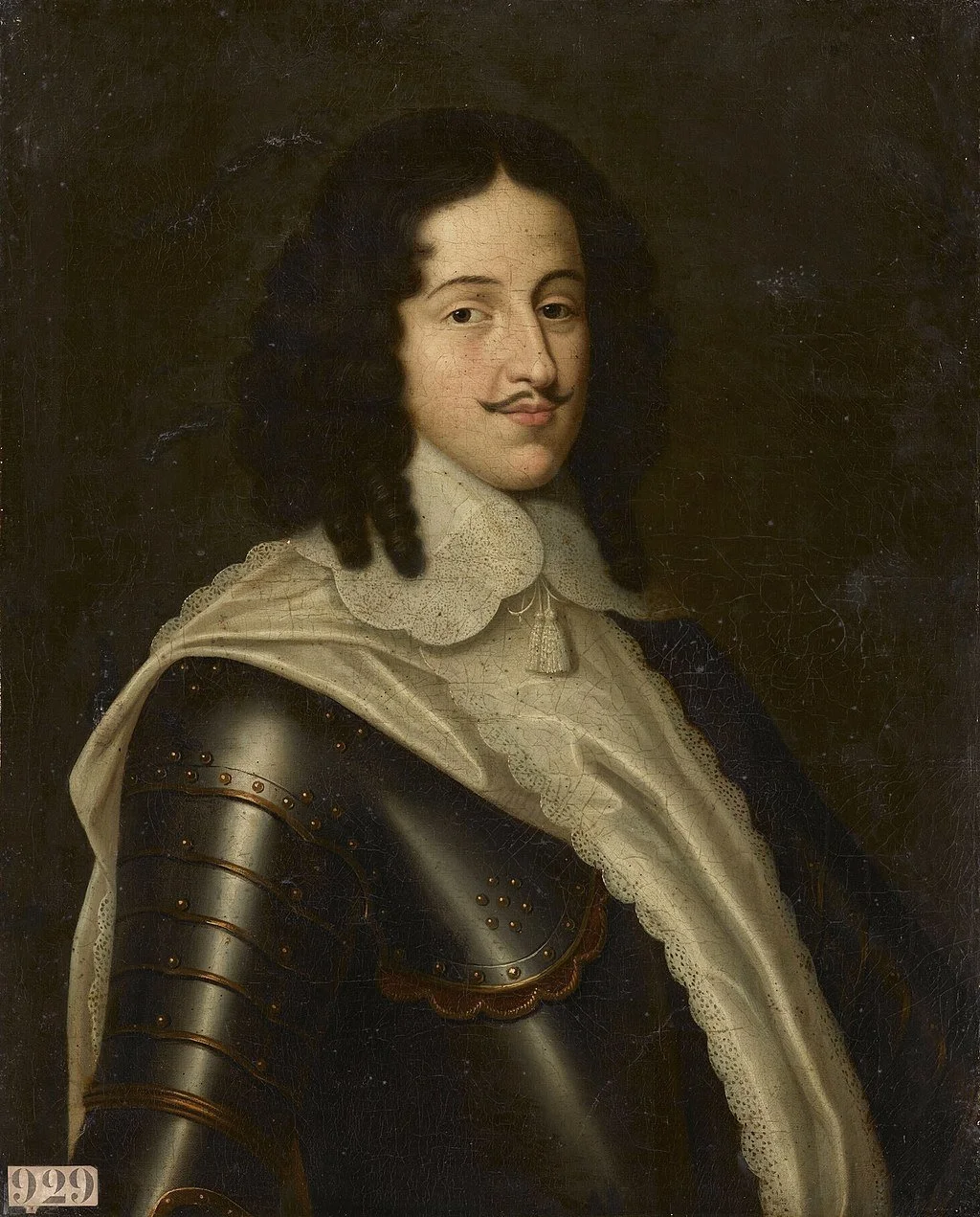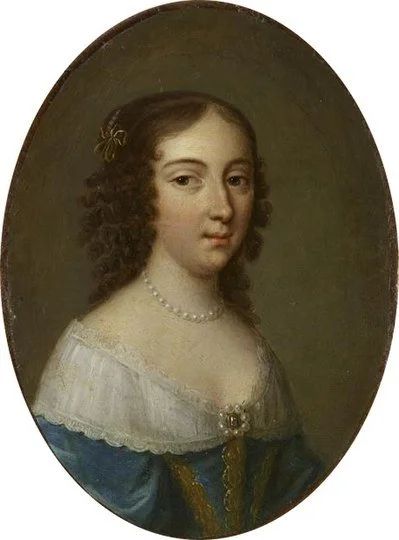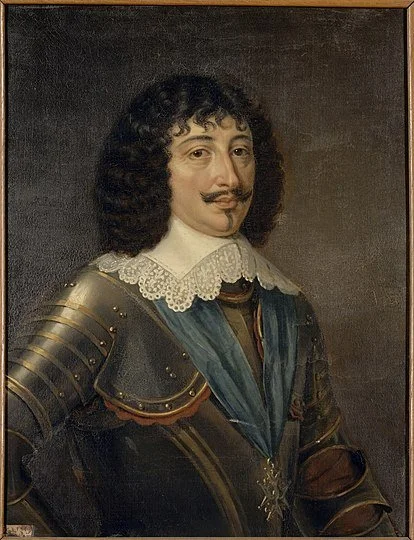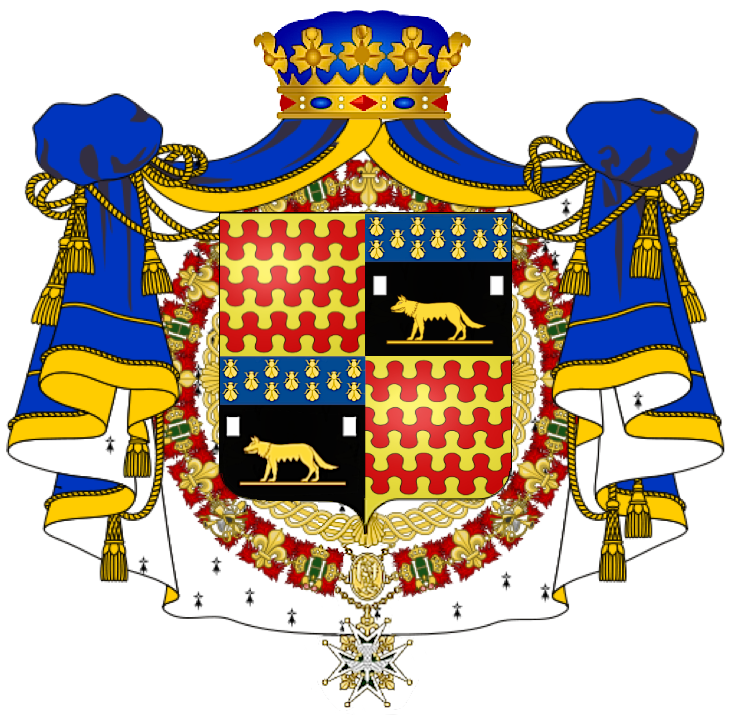History of the Loire Valley
The Loire Valley in France is renowned for its enchanting châteaux, each with a unique story to tell. The history of châteaux in this region dates back to the Middle Ages when these grand estates were constructed as fortified castles, serving as both defensive structures and symbols of power for the nobility. However, it was during the Renaissance that the Loire Valley became a hotbed of château construction, as the French aristocracy sought to create elegant and extravagant residences amidst the picturesque landscape. This era saw the birth of iconic châteaux such as Château de Chambord, Château de Chenonceau, and Château de Blois, each bearing witness to centuries of historical events and architectural evolution. Today, these châteaux stand as testaments to the opulence and artistry of bygone eras, drawing visitors from around the world to marvel at their beauty and immerse themselves in the rich history of the Loire Valley.
The Loire Valley today is a UNESCO World Heritage site boasting a captivating tapestry of vineyards, picturesque villages, and awe-inspiring châteaux, making it a haven for travelers seeking a quintessential French experience.
Amidst the lush landscape, the idyllic gardens of Villandry and the charming village of Amboise beckon with their enchanting allure. A journey along the winding Loire River unveils a panorama of vineyards and troglodyte dwellings, while the historic town of Tours entices with its vibrant atmosphere and culinary delights.
For those seeking a deeper understanding of the region's viniculture, the vineyards of Vouvray and Chinon offer wine tastings amidst stunning scenery.
Whether delving into history, savoring delectable cuisine, or simply basking in the natural splendor, the Loire Valley is a treasure trove for discerning explorers. It is a destination that continues to captivate and inspire, inviting all who visit to immerse in its timeless beauty and cultural heritage.
Family History/Histoire Famille
The Château de la Bainerie (Bennerie, Besnerie) is a small modern château in the Louis XIII style built in the 15th century, which has changed its appearance over the centuries. It occupies an advantageous position on a hill above the Loir. Traditionally, it was passed down from generation to generation in the Meslet (Mellet, Mellay, Merlet) family of Charnacé from the 15th to the 17th century. This family also owned lands in Marcé and Charnacé. On Shrove Tuesday in 1616, the Marquis de Gaslandes, passing through the parish, sacked the château with two cannons.
Prégent Lepetit de la Guerche Saint-Amand took possession of the lands of la Bainerie in 1638. This Breton family occupied the building during the 17th century. Upon their arrival, the fief of la Bainerie included several other lands such as Selaines, Marcé, Basse-Bennerie, and Mondonnay. However, the family expanded it by adding Rollandière and Châtaigner. On February 3, 1700, Marie Françoise Lepetit married Louis Michel de Colasseau, lord of la Machefolière in la Renaudière, captain of the king's ship. His family came from a family in Gâtines allied with the most illustrious families of the kingdom: Brissac, Sully…
The Colasseau family retained the lands during the 18th century. In 1772, an inventory was made after death, listing all the furniture and other objects in the household. It revealed great wealth, with a large room decorated with antique mirrors, tapestries, armchairs embroidered with gold and silver satin, and a large library. In 1786, Prosper François Marie, a captain in the royal artillery corps, holder of the Order of Saint-Louis, and grandson of Louis Michel de Colasseau, became the lord of la Bainerie. During the French Revolution, he sided with the royalist nobility. His brothers were pursued and imprisoned, and he was himself arrested and died from mistreatment on January 8, 1794, in Doué-la-Fontaine.
After his death, la Bainerie became a national asset. Auctions were held, and the lands were divided and bought by various people. Mathurin Hame, a large farmer from Tiercé, bought and reunited most of the former lands. The sister-in-law of one of Prosper François Marie de Colasseau's brothers bought half of la Bainerie on January 1, 1796, to preserve the family heritage. Her daughter, Pauline Claude de Colasseau, married Pierre Louis de Cambout, Marquis de Coislin, Viscount of Carheil, and a descendant of a great family that had served the Dukes of Brittany. This family also included a cardinal and Grand Almoner of France.
Pierre Louis de Cambout distinguished himself in his military and political career. He held the post of sub-lieutenant in the Brittany Infantry Regiment and served the Duke of Bourbon. He was often absent from the la Bainerie estate due to his career, but he bought several lands to enlarge it. A fervent royalist, he gathered troops and fought against the imperial forces during the minor Chouannerie in Lower Loire. He received titles such as the Order of Saint Michael and the Order of Saint Louis, as well as the title of Maréchal de Camp on April 17, 1816. He also intervened in politics as a deputy for Lower Loire on August 22, 1815. He obtained command of Vendée, then Vienne, and finally Meurthe. At the end of his life, he was elected Peer of France in 1823 and engaged in the legitimist action of the Duchess of Berry against Louis-Philippe.
On July 7, 1837, he died, and his youngest son, Ernest, inherited the estate and became mayor of Tiercé from 1852 to 1858. He died childless in 1872, and his cousin, Théodore Philippe Berthelot de Villeneuve, took over the lands. He too was mayor of Tiercé from 1874 to 1896 and married Louise Claire de Maillé de la Tour Landry, from a great family of Anjou. He died without children, and his nephew, André Marie François de Maillé de la Tour Landry, inherited la Bainerie. In 1937, the estate was divided between his two children: Jeanne Marie, married to Robert de la Motte Saint-Pierre, received Châtaignier, representing sixty hectares, and Hardouin inherited la Bainerie and its forty hectares of land.
In 1940, for a few months, the château became a center for evacuated children. Finally, despite his eight children, Hardouin put the château up for sale in 1946. Hardouin ceded the château to the commune of Argenteuil in 1952 to establish a summer camp.
FR//
Le château de la Bainerie (Bennerie, Besnerie) est un petit château moderne au style Louis XIII construit au XVème siècle qui a changé d’aspect au fur et à mesure des siècles. Il occupe une position avantageuse en se situant sur une colline au-dessus du Loir. Il est traditionnellement transmis de génération en génération dans la famille Meslet (Mellet, Mellay, Merlet) de Charnacé du XVème au XVIIème. Cette famille possède également des terres en Marcé et Charnacé. Le mardi gras 1616, le marquis de Gaslandes qui traversait la paroisse, met à sac le château avec deux canons.
Prégent Lepetit de la Guerche Saint-Amand prend possession des terres de la Bainerie en 1638. Cette famille bretonne occupera la bâtisse durant le XVIIème siècle. À son arrivée, le fief de la Bainerie possédait plusieurs autres terres comme Selaines, Marcé, Basse-Bennerie ou encore Mondonnay. Mais la famille l’agrandit en ajoutant la Rollandière et Châtaigner. Le 3 février 1700, Marie Françoise Lepetit se marie avec Louis, Michel de Colasseau, seigneur de la Machefolière en la Renaudière, capitaine du vaisseau du roi. Sa famille est issue d’une famille de la Gâtines, alliée aux plus illustres familles du royaume : Brissac, Sully…
La famille Colasseau gardera les terres durant le XVIIIème siècle. En 1772, un inventaire après décès est réalisé, il référence tous les meubles et tout autre objet que possède le foyer. On y retrouve une grande richesse avec une grande salle décorée de glaces à l’Antique, de pièces de tapisserie, de fauteuils en satin brodés d’or et d’argent, ainsi qu’une grande bibliothèque. En 1786, Prosper, François, Marie, capitaine au corps royal d’artillerie, possédant l’ordre de Saint-Louis et petit-fils de Louis Michel de Colasseau, devient le seigneur de la Bainerie. Lors de la Révolution française, il se range aux côtés de la noblesse royaliste. Ses frères sont poursuivis et emprisonnés et il est lui-même arrêté et meurt de mauvais traitements le 8 janvier 1794 à Doué-la-Fontaine.
Après sa mort, la Bainerie devient un bien de la Nation, des enchères ont lieu et les terres sont divisées puis rachetées par différentes personnes. Mathurin Hame, gros fermier de Tiercé, rachète et réunit la plupart des anciennes terres. C’est la belle-sœur d’un des frères de Prosper, François, Marie de Colasseau qui rachète la moitié de la Bainerie le 1er janvier 1796 afin de sauvegarder le patrimoine familial. Sa fille, Pauline, Claude de Colasseau épouse Pierre, Louis de Cambout, marquis de Coislin, vicomte de Carheil et descendant d’une grande famille qui avait servi les ducs de Bretagne. Cette famille avait également eu un cardinal et grand aumônier de France.
Pierre, Louis de Cambout s'est illustré pour sa carrière militaire et politique. Il occupe le poste de sous-lieutenant au régiment d’infanterie de Bretagne et sert le duc de Bourbou. Il fut souvent absent du domaine de la Bainerie en raison de sa carrière, mais racheta plusieurs terres afin de l'agrandir. Fervent royaliste, il rassemble des troupes et lutte contre les impériaux lors de la petite chouannerie en Loire-inférieur. Il obtient alors des titres tels que l’ordre de Saint-Michel et l’Ordre de Saint-Louis. Mais également le titre de maréchal de camp le 17 avril 1816. Il intervient également dans la politique en tant que député de Loire-inférieur le 22 août 1815. Il obtient le commandement de la Vendée puis la Vienne et enfin de Meurthe. À la fin de sa vie, il est élu pair de France en 1823 et s'engage dans l’action légitimiste de la duchesse du Berry contre Louis-Philippe.
Le 7 juillet 1837, il meurt et son fils cadet, Ernest, hérite du domaine et devient maire de Tiercé de 1852 à 1858. Il meurt sans enfant en 1872 et son cousin, Théodore, Philippe Berthelot de Villeneuve reprend les terres. Lui aussi maire de Tiercé de 1874 à 1896, il se marie avec Louise, Claire de Maillé de la Tour Landry, issue d’une grande famille d’Anjou. Il meurt sans enfant et son neveu, André, Marie, François de Maillé de la Tour Landry hérite de la Bainerie. En 1937, le domaine est partagé entre ses deux enfants, Jeanne, Marie, mariée à Robert de la Motte Saint-Pierre reçoit le Châtaignier, représentant soixante hectares et Hardouin qui hérite de la Bainerie et de ses quarante hectares de terrain.
En 1940, pendant quelques mois, le château devient un centre d’enfants évacués. Enfin, malgré ses huit enfants, Hardouin met en vente le château en 1946. Hardouin cède en 1952 le château à la commune Argenteuil pour installer une colonie de vacances.






